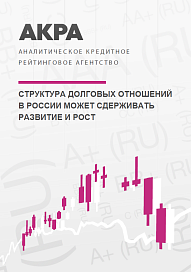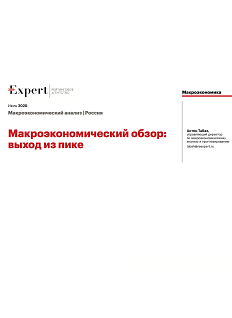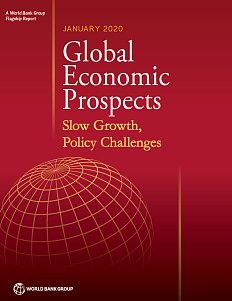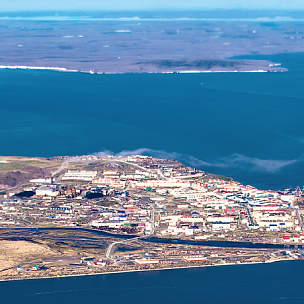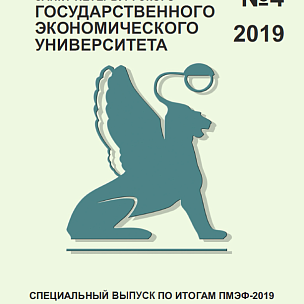Currency risk for Russian financial system is mitigated in general. The only domestic foreign currency net borrower is the non-financial sector, but the negative currency position and the flow of payments under currency debt are secured by the sectors export earnings. The currency debt position of the financial sector is almost balanced. On average, the share of foreign currency in the Russian debt is 40%, of which internal loans account for more than a half.
.png)
One of the roles foreign currency plays in Russia is hedging non-currency risks as, historically, weaker ruble coincided in time with other shocks. Investments in currency assets in order to hedge all possible risks impair the derivatives market in Russia.
.png)
With time, an interest rate risk can become more relevant than a currency risk. Targeting inflation, achieving low interest rates and a tight budget rule with less volatile exchange rates increase the likelihood of unsynchronised occurrence of interest and currency risks. The interest rate risk dominates in developed financial markets and, theoretically, it can manifest itself in Russia, not being hedged by revaluation of foreign currency assets. Average debt maturities are short in Russia.
The averaged bond debt maturity is 9 years, while the debt maturity dominating the banking sector is close to 2 years. The main reasons for such short-term maturities and their weak transformation: lack of understanding of the equilibrium of rates, prices, and rates, underdeveloped risks hedging tools. Underdeveloped long-term lending is a barrier for investment development, even against the backdrop of historically low interest rates, and a constraint for accelerated economic growth above the potential of 1.5-2%.
.png)


